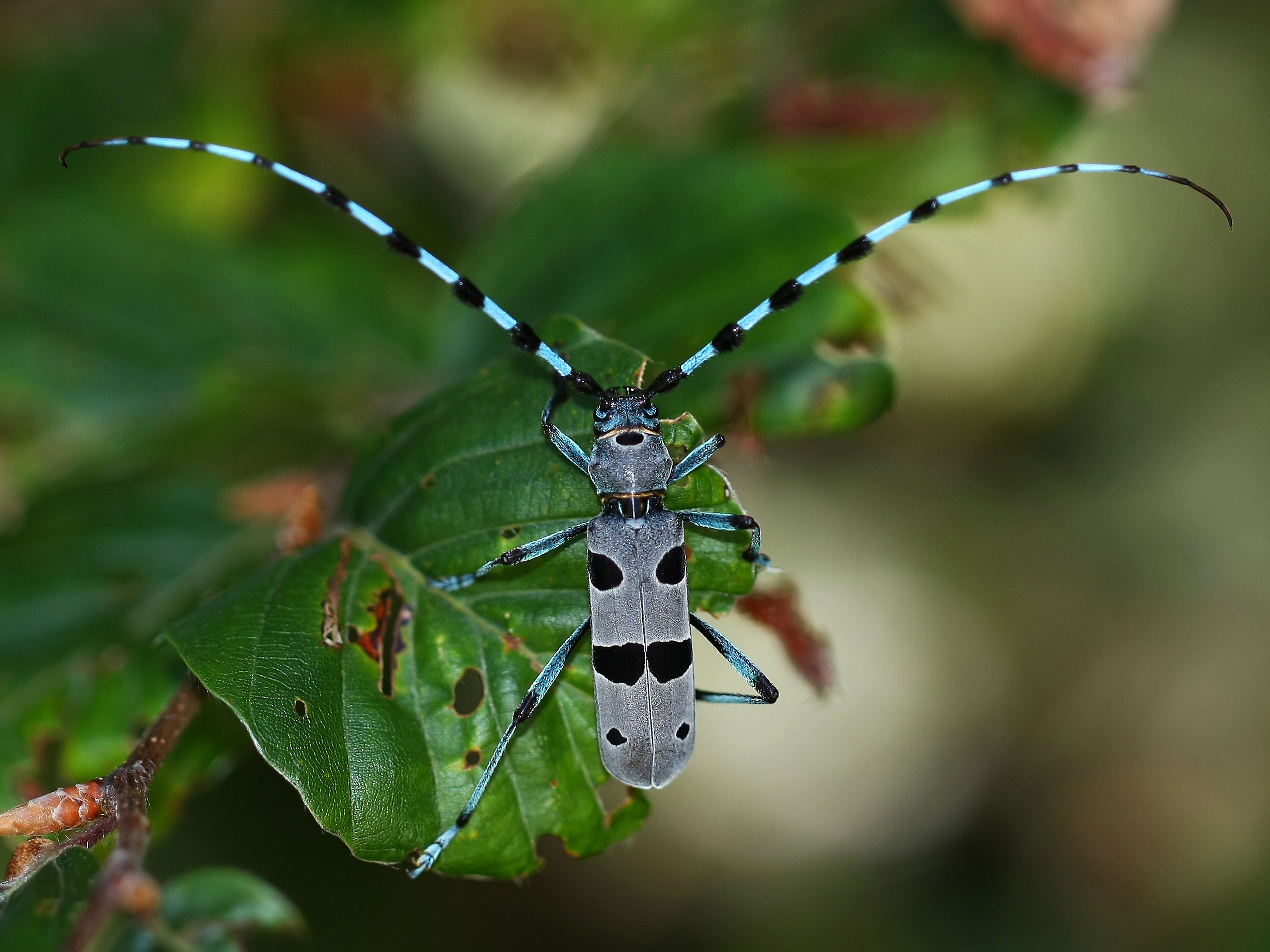New records and the distribution of saproxylic beetles (Coleoptera) important for the establishment of the Natura 2000 ecological network, in the Sutjeska National Park and wider area of Mt. Zelengora
DOI:
https://doi.org/10.7251/GSF1726005KKeywords:
Bosnia and Herzegovina, Dinaric Alps, Habitats Directive, protected insects, saproxylic beetlesAbstract
The Habitats Directive is one of the foundations of the EU nature and biodiversity policy. It defines establishment of a European ecological network of special conservation areas, known as Natura 2000. This is an EU-wide network of areas established to ensure the long-term survival of Europe’s most valuable and threatened habitats and species that are listed in the Annexes I and II of the Directive. Among insects, beetles represent one of the most represented groups in the Annex II of the Directive, with 38 listed species. This paper presents the data on the distribution of Natura 2000 beetle taxa in the area of the Sutjeska National Park and Mt. Zelengora that are mainly result of our field research conducted in 2015 and 2016. New data were gathered from 15 sites during the field research of the insect fauna in the canyons of the Hrčavka and Sutjeska rivers in the period from June 25 to July 03, 2015, as well as during the research of the dragonfly fauna of the lakes of Mt. Zelengora conducted in 2015 and 2016 (from July 13 to July 17, 2015, and from July 29 to August 31, 2016). In addition, the paper includes the data on the beetle findings in the studied area from the literature and entomological collections of the National Museum of Bosnia and Herzegovina. New field data on the distribution in the investigated area are presented for four beetle taxa, namely Cucujus cinnaberinus, Lucanus cervus (previously recorded in the investigated area as well), Morimus asper funereus and Rosalia alpina, while species Cerambyx cerdo and Osmoderma eremita are known to inhabit the area on the basis of the literature data and the collections of the National Museum of Bosnia and Herzegovina. A total of 30 findings were reported from 20 sites, out of which 19 represent new findings for the study area, that are collected in 2015 and 2016. All recorded taxa are indicators of the preserved forest habitats, and all are found in forest communities near watercourses. It is especially important to emphasize the high density of the M. asper funereus population in the canyon of the Hrčavka river, where on each of two individual beech tree trunks up to 10 adults were registered. Most significant are the records of C. cinnaberinus, a species that was not recorded in Bosnia and Herzegovina since 1960s.

Downloads
Published
Issue
Section
License
Copyright (c) 2017 Dejan Kulijer, Iva Miljević

This work is licensed under a Creative Commons Attribution 4.0 International License.

